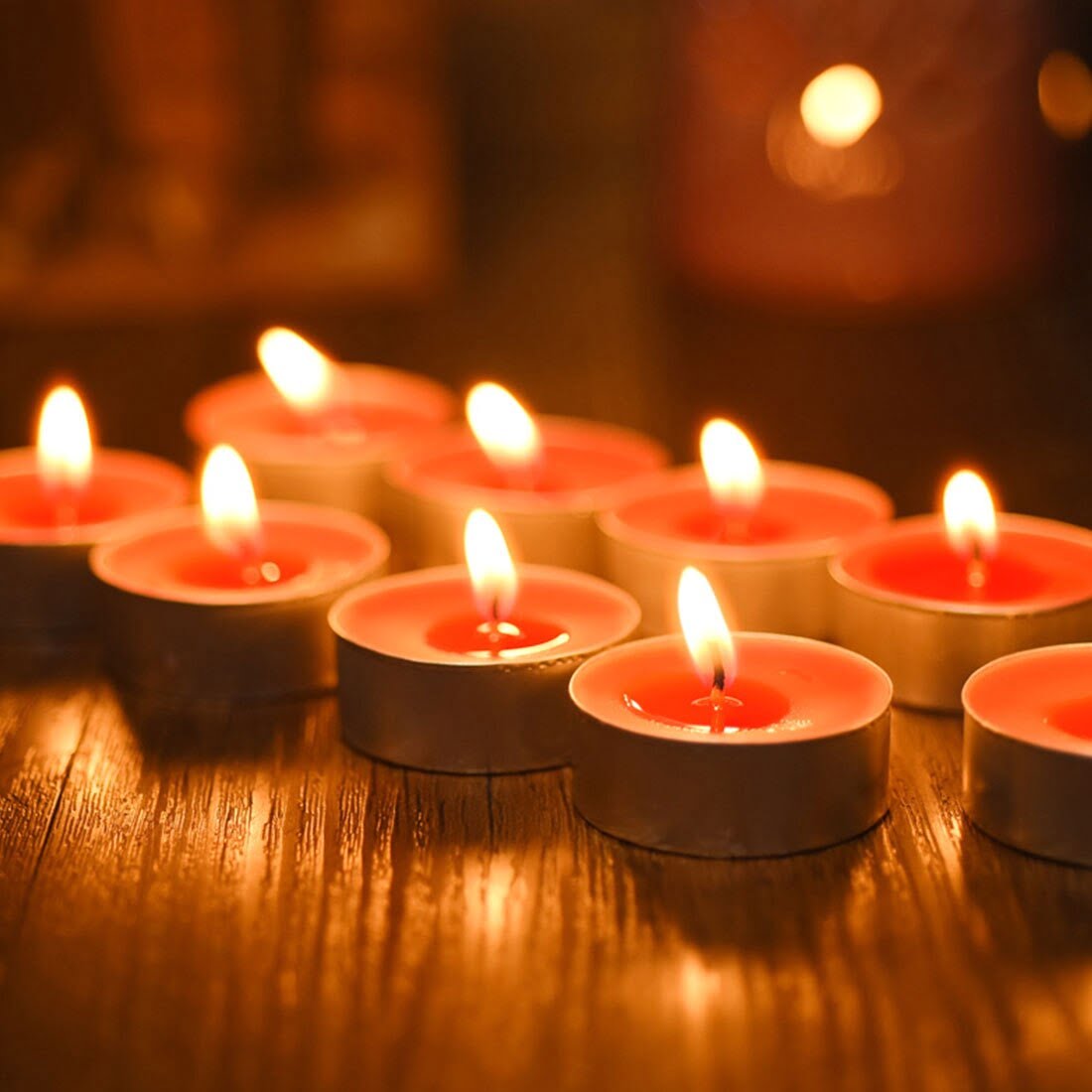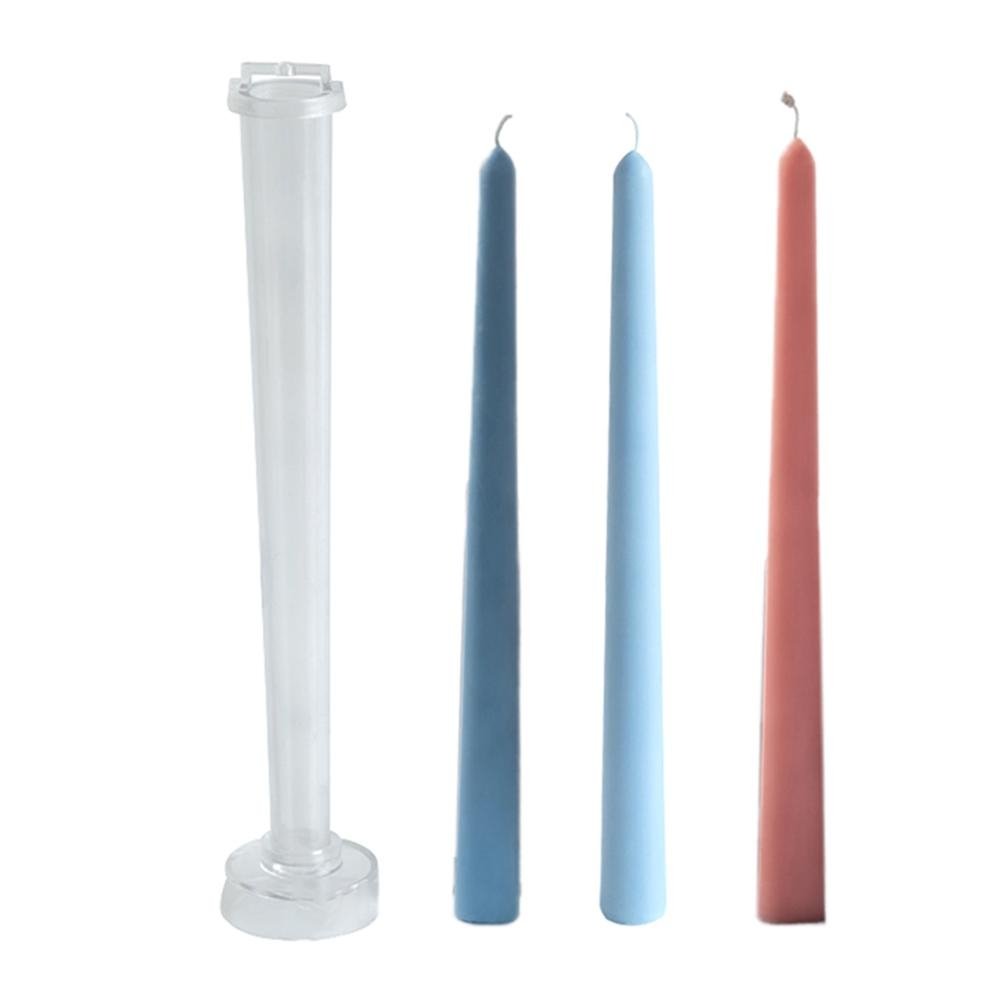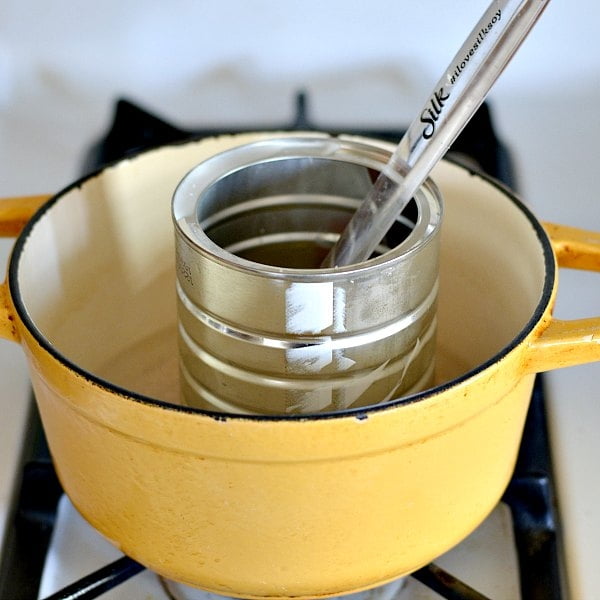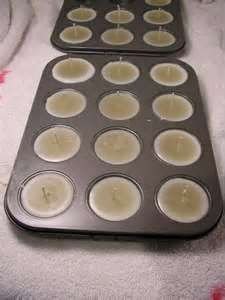Candle making wicks are a crucial component in the art of candle making. Choosing the right wick for your candle making project is paramount as it directly affects the burn time, scent throw, and overall performance of the finished product.
In this article, we will delve into the world of candle making wicks, exploring the different types available, how to choose the right size, prep and place them in your candles, conduct tests, troubleshoot issues, and ensure safety when working with wicks.
When it comes to candle making, there are various types of wicks to consider. From cotton and wood to hemp wicks, each type has its specific uses and benefits. Understanding these differences is essential in achieving the desired burn and scent throw for your candles. We will explore these variations in detail to help you make an informed decision when selecting a wick for your candle making endeavors.
In addition to selecting the right type of wick, choosing the correct size is equally important. The diameter and type of candle being made play a significant role in determining the appropriate wick size. We will provide valuable tips and guidelines on how to navigate through this process to ensure that you achieve optimal results with your candles. So let’s dive into the world of candle making wicks and discover how they can elevate your craft.
Types of Candle Making Wicks
When it comes to candle making, choosing the right wick is crucial for the overall performance of your candles. There are several types of wicks available, each with its own unique characteristics and benefits. Understanding the differences between these wicks can help you create candles that burn evenly, emit a pleasant scent throw, and enhance your overall crafting experience.
Cotton Wicks
Cotton wicks are one of the most commonly used wicks in candle making. They are known for their consistent burning and minimal ash production. Cotton wicks come in various sizes and are suitable for a wide range of candle types, including container candles and pillars. They are also easy to work with and generally provide a clean burn, making them ideal for beginners in candle making.
Wood Wicks
Wood wicks have gained popularity in recent years due to their ability to create a cozy ambiance with their crackling sound reminiscent of a fireplace. These wicks are often used in container candles and are made from natural wood material such as cherry or cedar. Wood wicks offer a longer burning time compared to cotton wicks and can add an aesthetic appeal to your candles.
Hemp Wicks
Hemp wicks are another eco-friendly option for candle making. Made from natural hemp fibers, these wicks offer a slow, steady burn and minimal smoke when lit. Hemp wicks are often preferred by environmentally-conscious candle makers as they are biodegradable and sustainable. They work well for both container candles and taper candles, providing a clean and consistent flame.
Understanding the specific uses and benefits of each type of candle making wick is essential for creating high-quality candles that meet your desired burning characteristics and aesthetic preferences. Whether you opt for cotton, wood, or hemp wicks, selecting the right type can elevate your candle making experience while ensuring optimal performance in your finished products.
Choosing the Right Wick Size
When it comes to candle making, choosing the right wick size is crucial in ensuring that your candles burn evenly and effectively. The size of the wick significantly impacts how your candle burns and how well it throws its scent. It’s essential to consider the diameter of the candle and the type of wax being used when selecting the appropriate wick size for your project.
One of the critical factors to consider when choosing the right wick size is the diameter of the candle. A wick that is too small will not be able to create a large enough flame to melt the wax pool to the edge of the container, resulting in tunnelling.
On the other hand, a wick that is too large may create a flame that is too big, leading to soot and an uneven burn. Manufacturers typically provide guidelines on which wick sizes are best suited for specific candle diameters, making it easier for beginners to select the right wick.
The type of wax being used also plays a significant role in determining the appropriate wick size. Different waxes have varying melt points and densities, which can affect how they interact with different wick sizes. For example, soy wax usually requires a larger wick size compared to paraffin wax because it has a lower melting point and different burning characteristics.
Additionally, certain additives or fragrance oils used in candle making can also influence which wick size is most suitable for achieving an optimal burn. Conducting test burns with different wicks before finalizing your choice can help you determine which one works best for your specific candle-making formula.
| Wick Size | Candle Diameter |
|---|---|
| Small | 1-2 inches |
| Medium | 2-3 inches |
| Large | 3-4 inches |
By understanding these tips and guidelines for selecting the correct wick size based on the diameter and type of candle being made, you’ll be able to improve your candle-making skills and create high-quality candles that burn cleanly and evenly with maximum scent throw. Conducting thorough research on various types of wicks available, such as cotton or wood-based ones, gives you more options when choosing what will work best for your project.
Paying attention to important factors such as testing burn times and troubleshooting common issues like tunnelling or mushrooming will ensure that you achieve desired results in your candle-making endeavors while prioritizing safety along every step of production.
With eco-friendly options becoming increasingly sought after by environmentally conscious consumers, considering sustainable materials including organic cotton or eco-friendly wood options showcases not only a commitment towards creating beautiful candles but also contributing positively toward environmental initiatives aligned with responsible business practices within this retail industry.
Wick Prepping and Placement
When it comes to candle making, proper wick prepping and placement is crucial for ensuring optimal performance of the candle. The wick plays a significant role in how the candle burns, and its positioning within the container can affect the overall aesthetic and functionality of the finished product.
Wick Prepping
Before placing the wick in the candle container, it’s essential to prepare the wick properly. This can involve trimming the wick to the appropriate length based on the container size and type of wax being used. Trimming the wick to the right length ensures that it will burn evenly and avoid excess smoke or tunnelling.
Another prepping step is priming the wick, which involves treating it with melted wax to ensure a clean, even burn during use. This helps to stabilize the wick and minimize any potential issues such as smoking or sputtering.
Wick Placement
Once the wick has been prepped, it’s time to place it in the candle container. Carefully centering the wick is essential for an even burn and proper melt pool formation. This can be achieved using tools such as wick centering devices or simple techniques like using tape or popsicle sticks to keep the wick in place while pouring in the wax.
The type of wax being used can also impact how the wick should be placed. For example, soy wax may require a different technique for securing and centering the wick compared to paraffin wax. Understanding these nuances can help achieve optimal results when placing the wick in various types of candles.
By following these step-by-step instructions for wick prepping and placement, candle makers can ensure that their candles burn cleanly, evenly, and with maximum scent throw. Taking care with these details upfront can make a significant difference in the overall quality of homemade candles.
Wick Testing and Troubleshooting
When it comes to candle making, conducting burn tests is crucial to ensure the wick burns evenly and troubleshoot common issues that may arise during the burning process. Proper testing can help identify potential problems such as tunnelling or mushrooming, which can affect the overall performance and aesthetics of the candle. By understanding how to conduct burn tests and troubleshoot wick issues, you can improve the quality of your candles and provide a better experience for your customers.
To conduct a burn test, start by choosing a well-ventilated area free from any drafts or obstructions. Place your candle in a safe location away from flammable materials and light the wick. Observe the flame and how it burns over time, taking note of any unusual behavior such as excessive smoking, flickering, or uneven burning. It’s important to document these observations to help troubleshoot potential issues later on.
Common wick issues such as tunnelling, where the wax burns down in a tunnel leaving excess wax around the edges, or mushrooming, where carbon build-up forms on top of the wick causing excessive smoke and soot, can be addressed through proper burn testing and troubleshooting. By adjusting factors such as wick size, type of wax used, or container size, you can potentially mitigate these issues and improve the overall burning performance of your candles.
In addition to burn testing and troubleshooting common issues, it’s important to follow best practices for wick maintenance and care. Trimming the wick before each use and keeping it at an appropriate length (usually around 1/4 inch) can help prevent mushrooming and maintain a clean burn. By incorporating these steps into your candle making process, you can produce high-quality candles with reliable burning performance that will delight your customers.
- Conducting regular burn tests is essential for ensuring optimal performance
- Observing flame behavior helps identify potential issues with wicks
- Proper maintenance and care can help prevent common problems such as tunnelling or mushrooming
Specialty Wicks
When it comes to candle making, the type of wick used can greatly impact the overall performance and aesthetic appeal of the finished product. In addition to traditional cotton wicks, there are specialty wicks available that offer unique characteristics and benefits. Two popular options are crackling wicks and wooden wicks, each adding a distinct element to the candle making process.
Crackling wicks are designed to produce a soothing crackling sound reminiscent of a fireplace when the candle is lit. This auditory element can create a cozy and inviting atmosphere, making crackling wicks an excellent choice for scented candles intended for relaxation and ambiance. These wicks are typically constructed with a special design that allows for the crackling effect as the flame burns through the wax.
Wooden wicks have gained popularity in recent years due to their aesthetic appeal and clean burn. These wicks are often made from natural wood materials such as cherry, cedar, or maple, adding a rustic touch to candles. Wooden wicks also produce a subtle flickering flame and emit a gentle fragrance while burning. They work well with various types of wax, including soy and beeswax, making them versatile for different candle making projects.
Incorporating specialty wicks such as crackling or wooden wicks into candle making can add an extra layer of creativity and customization. Whether aiming for a specific sensory experience or looking to enhance the visual appeal of candles, these unique wick options provide an opportunity for artisans to explore new possibilities in their craft.
| Specialty Wick Type | Unique Characteristics |
|---|---|
| Crackling Wicks | Produce soothing crackling sound resembling a fireplace |
| Wooden Wicks | Add rustic touch with clean burn and subtle fragrance |
Wick Safety
When working with candle making wicks, it is essential to prioritize safety to prevent fire hazards and accidents. Whether you are a beginner or experienced candle maker, following proper safety precautions and best practices can help ensure a safe and enjoyable crafting experience. Here are some important tips to keep in mind when handling wicks for candle making:
- Always work in a well-ventilated area to minimize exposure to fumes from melted wax and other materials used in candle making.
- Keep flammable objects, such as paper towels, fabric scraps, or loose clothing, away from the area where you are working with hot wax and wicks.
- Use a heat-resistant surface or protective mat to place your melting pot or candle-making equipment on to prevent accidental spills or burns.
- Keep a fire extinguisher, baking soda, or a metal lid nearby to smother any flames quickly in case of an unexpected fire during the candle making process.
In addition to these general safety guidelines, it’s important to consider specific precautions when working with different types of wicks. For instance, if you are using wooden wicks for your candles, you will need to take extra care when trimming them before each use. Trimming the burnt end of a wooden wick properly can prevent debris or loose ash from falling back into the candle and causing potential issues.
Lastly, always thoroughly read and follow the manufacturer’s instructions for the specific type of wick you are using. Each type of wick may have its own set of recommended safety practices based on its material composition and construction. By being attentive and cautious when handling candle making wicks, you can create beautiful candles while maintaining a safe workspace.
Eco-Friendly Wick Options
In a time where sustainability and eco-friendliness are at the forefront of consumer consciousness, it’s important to consider the environmental impact of every aspect of candle making, including the wicks. By choosing eco-friendly wick options such as organic cotton or eco-friendly wood wicks, crafters can minimize their carbon footprint while still creating beautiful, fragrant candles.
Organic cotton wicks are a great option for those looking to make sustainable candles. These wicks are made from 100% organic cotton, free from pesticides and harmful chemicals. They provide a clean burn and are biodegradable, making them an environmentally responsible choice for candle makers who prioritize sustainability. Additionally, organic cotton wicks offer consistent performance and minimal soot production, ensuring a safer and healthier candle-burning experience for both the maker and the end user.
On the other hand, eco-friendly wood wicks are another excellent choice for sustainable candle making. These wicks are sourced from responsibly managed forests and are FSC-certified, meaning they meet the highest environmental and social standards. Wood wicks offer a unique crackling sound when burning, adding an extra sensory element to the candle experience. They also provide an even burn with minimal mushrooming and soot, making them a popular choice among environmentally conscious consumers.
Overall, incorporating eco-friendly wick options into your candle making not only aligns with sustainable practices but also adds value to your products. By prioritizing environmentally responsible materials like organic cotton or eco-friendly wood wicks, you can attract more discerning customers who appreciate the effort put into creating sustainable and high-quality candles. Choose wisely when it comes to your candle making wicks – the environment will thank you.
Frequently Asked Questions
What Is the Best Wick to Use When Making Candles?
The best wick to use when making candles depends on the type of wax and size of the candle. Cotton wicks are a popular choice, with different thicknesses available to suit various candle sizes and materials.
What Is a Good Homemade Candle Wick?
A good homemade candle wick can be made from natural materials like cotton or hemp. These materials are relatively easy to find and work well for smaller, homemade candles. They can be braided together to create a sturdy wick.
Why Use Borax for Candle Wicks?
Borax is used for candle wicks because it helps to reduce the amount of ash and soot that forms while burning the candle. Treating the wick with borax can result in a cleaner, more efficient burn, which is especially useful for scented or colored candles.

Welcome to my candle making blog! In this blog, I will be sharing my tips and tricks for making candles. I will also be sharing some of my favorite recipes.





